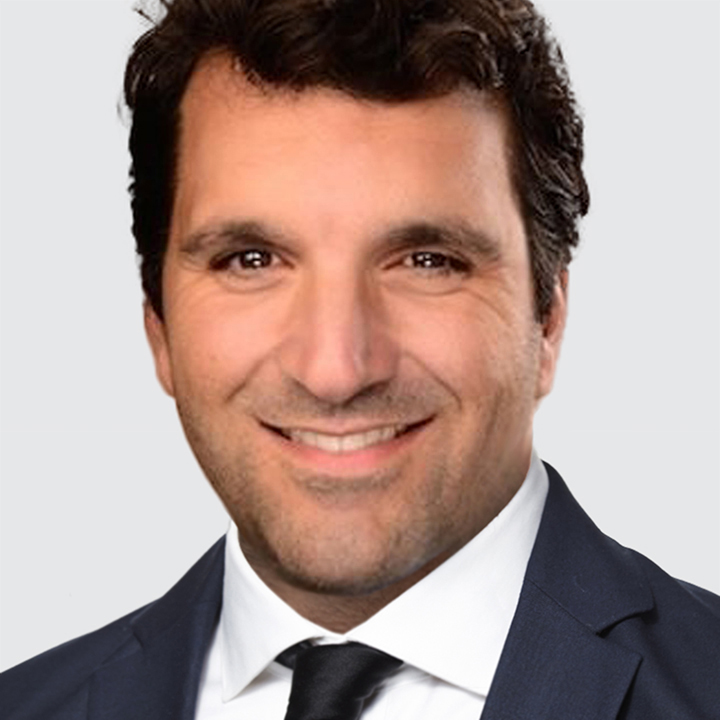US
USD is struggling to recover after drifting down during yesterday’s quiet data session. S&P500 hit a new high yesterday. Treasury yields are consolidating across the curve near the middle of a ten-week range.
Second-tier US economic data are due today: The July Philadelphia Fed non-manufacturing and Richmond Fed business surveys. Also, Fed Chair Jay Powell and Fed Vice Chair for Supervision Michelle Bowman are scheduled to speak. The Fed’s blackout period, which runs until the July 30 policy decision, rules-out any meaningful policy commentary.
We expect USD to find near-term support this week, but the year-to-date USD downtrend is intact. See here for details.
JAPAN
Long-term JGB yields and the Topix index showed a muted reaction on the first trading day following Sunday’s upper house election result. USD/JPY retraced some of yesterday’s losses. In our view, Japan’s political gridlock means large scale stimulus or deficit spending is unlikely, which could ease upward pressure on JGB yields.
We see USD/JPY holding a wide 142.00-150.00 range the next few months. The drag to USD/JPY from broad USD weakness is partially cushioned by the Bank of Japan’s limited scope for further rate hikes.
EUROZONE
EUR/USD is firm around 1.1700. The ECB’s Q2 bank lending survey reinforces the case that the ECB is close to wrapping up easing. Credit standards for firm loans remained broadly unchanged and net demand for loans increased slightly. The swaps markets virtually rule-out odds of a July rate cut and price in one full 25bps cut over the next 12 months.
AUSTRALIA
AUD/USD is directionless just above psychological support at 0.6500. The RBA Minutes of the July 8 policy meeting confirmed more easing is in the pipeline. Indeed, “All members agreed that…the outlook was for underlying inflation to decline further in year-ended terms, warranting some additional reduction in interest rates over time.”
Recall, at that meeting, the RBA unexpectedly voted by a majority of 6-3 (unattributed) to hold rates steady at 3.85%. At the time, the swaps market had virtually fully priced-in a 25bps cut. According to the Minutes, a minority of members judged that the “downside risks to the economic outlook” supported the case to lower the cash rate target at this meeting. In contrast, a majority of members judged that lowering the cash rate a third time within the space of four meetings would not be consistent with “a cautious and gradual” approach to monetary policy easing.
The RBA looks set to resume easing on August 12. RBA cash rate futures fully price-in a 25bps cut in August and 75bps of total easing in the next 12 months. Meanwhile, the Bank of Canada (BOC) is nearly done easing. As such, AUD/CAD has room to grind lower towards the bottom of its three-month 0.8800-0.9000 range.
CANADA
USD/CAD price action will likely stay with its multi-week 1.3550-1.3800 range. The BOC’s Q2 Business Outlook Survey does not offer a clear-cut case for further easing. Firm’s indicator of future sales fell to a one year low at 6 vs. 13 in Q1 but the outlook for export sales improved. Meanwhile, a majority of firms plan to keep employment steady and inflation expectations remain within the Bank’s target range. The swaps curve still implies less than 10% odds of a 25bps cut at the next July 30 meeting and 80% probability of a final 25bps cut in the next 12 months.
HUNGARY
National Bank of Hungary is widely expected to keep rates steady at 6.50% (1:00pm London, 8:00am New York). At the last June 24 meeting, the bank decided unanimously to leave the base rate unchanged at 6.50%, marking the 9th consecutive hold since cutting rates 25bps in September 2024.
The bank showed no signs of departing from its hold stance warning that “For the rest of the year, inflation is expected to stay above the central bank tolerance band [3% +/-1%]” The swaps market continues to price in 50bps of easing over the next twelve months. Regardless, Hungary’s positive real interest rates and current account surplus (1.7% of GDP in Q1) will continue to underpin HUF.

